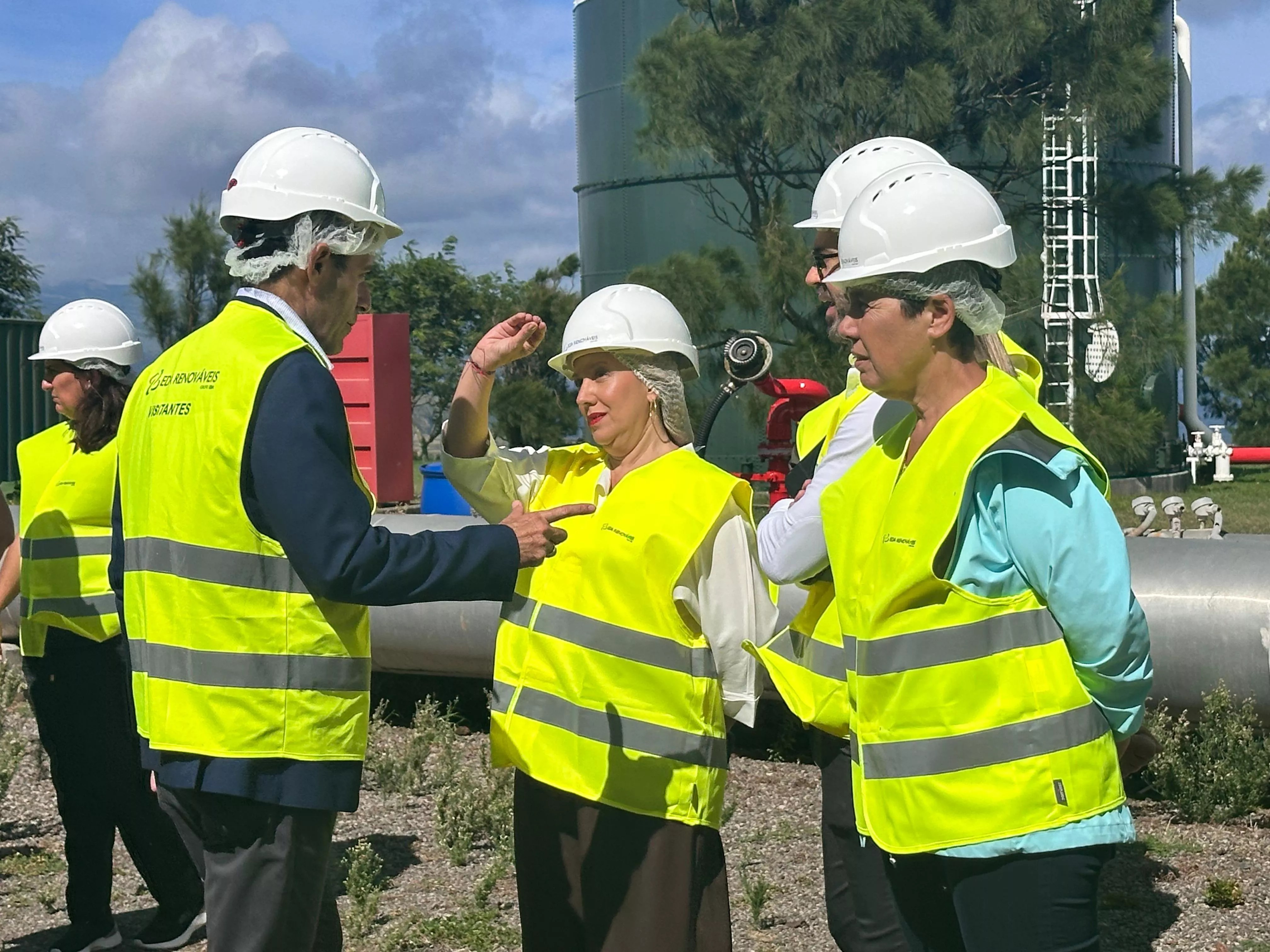
The results obtained with Masca’s ecotax justify its application in other areas with natural values of Tenerife’s geography, such as Teide, Teno and Anaga. This comes after the influx to the ravine has decreased by 76% following the implementation of the charging system, which has allowed the «regeneration of this natural area of Tenerife», according to the management review made public this Monday by the Cabildo. In absolute terms, the previous percentage translates to a reduction from 100,000 people a year to just over 24,000.
The action came into force in July 2024 and has meant «a radical turn in the conservation of one of the most valuable and fragile natural enclaves of the Island», said the island institution. The mechanism is regulated through mandatory prior booking and a capacity limited to 275 people daily. It is free for residents of Tenerife, symbolic for the rest of the Canarians, and with a differentiated rate for non-resident visitors, who represent more than 95% of the influx. The prices for residents in the Archipelago are 3 euros (adults) and 1.50 euros (children), while non-residents pay 28 euros (adults) and 14 euros (children), plus IGIC.
«Drastic drop»
The president of the Cabildo, Rosa Dávila, stated that the «drastic drop in pressure on the trail has been key to protecting an environment that, until recently, was suffering from continuous overcrowding and significant ecological deterioration», and praised Masca as a «unique site, located in a natural area of very high ecological value, integrated in the Natura 2000 Network». And she added: «Today we can say that we have moved from a congested and dangerous environment to a model and an example of conservation, safety and sustainability».
Dávila maintained that the ecotax is part of the commitments made in the 2024 State of the Island Debate, in which she publicly announced «the implementation of the ecotax as one of the structural measures to protect Tenerife’s most sensitive natural areas», and announced that «the action in Masca represents the fulfilment of that commitment and lays the foundations for future conservation initiatives that will extend to other areas like Teide, Teno and Anaga». It is recalled that the ecotax for Teide National Park has been the subject of several initiatives, followed by controversy over its application. Precisely there was a demonstration planned last weekend by Canarias tiene un Límite, which, after lack of permission from the Cabildo, was limited to a small gathering.
652,000 euros collected
Meanwhile, the councillor for Natural Environment of the Cabildo de Tenerife, Blanca Pérez, said that the main objective of the ecotax is «to facilitate the conservation of the natural area», and noted that the 652,000 euros collected from the visits «have been directly reinvested in the conservation of the ravine, the maintenance of the trail, the pier, the Visitors’ Centre and the bus service». Also, Pérez highlighted the work on controlling invasive exotic species and especially with the eradication of reeds, «an innovative model that has been exported to Valle Gran Rey».
The island institution recalls that in previous years the Masca ravine was one of the «black spots with the most rescues in Tenerife», with up to 20 evacuations each year. «Thanks to regulation, improved signage and the presence of control staff, interventions have been significantly reduced», stated the Cabildo of Tenerife.
The insular director of Natural Environment, Pedro Millán, focused on employment. «There are 17 direct jobs linked to the management of the trail, the pier, the visitors’ centre and the transport service that have been mostly covered by residents of the area, which has helped to stabilise the population and energise the economy of small rural centres», he asserted.















